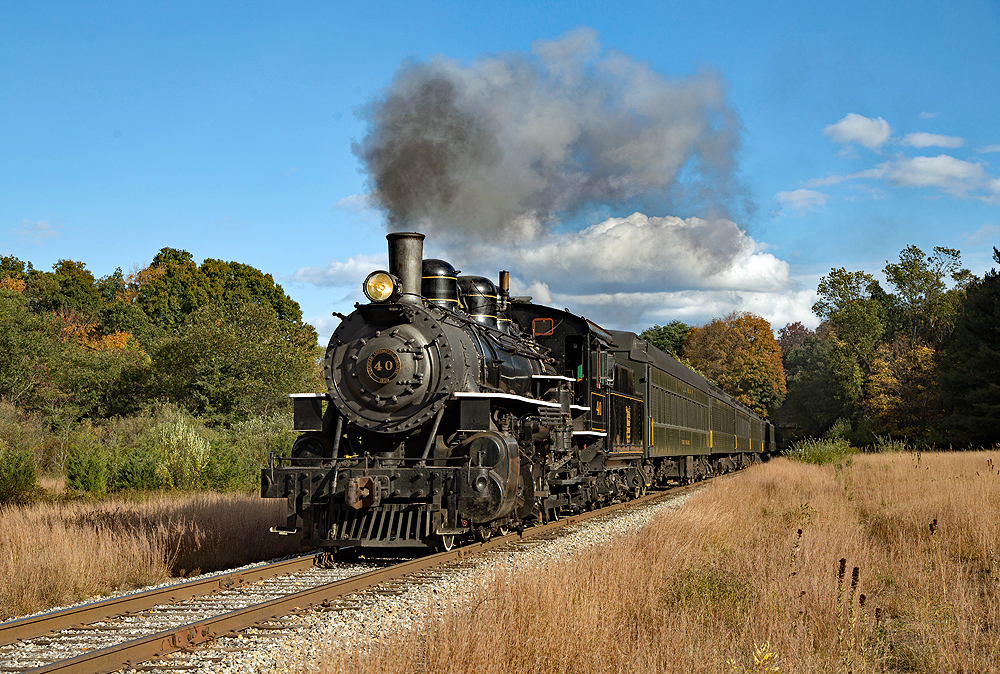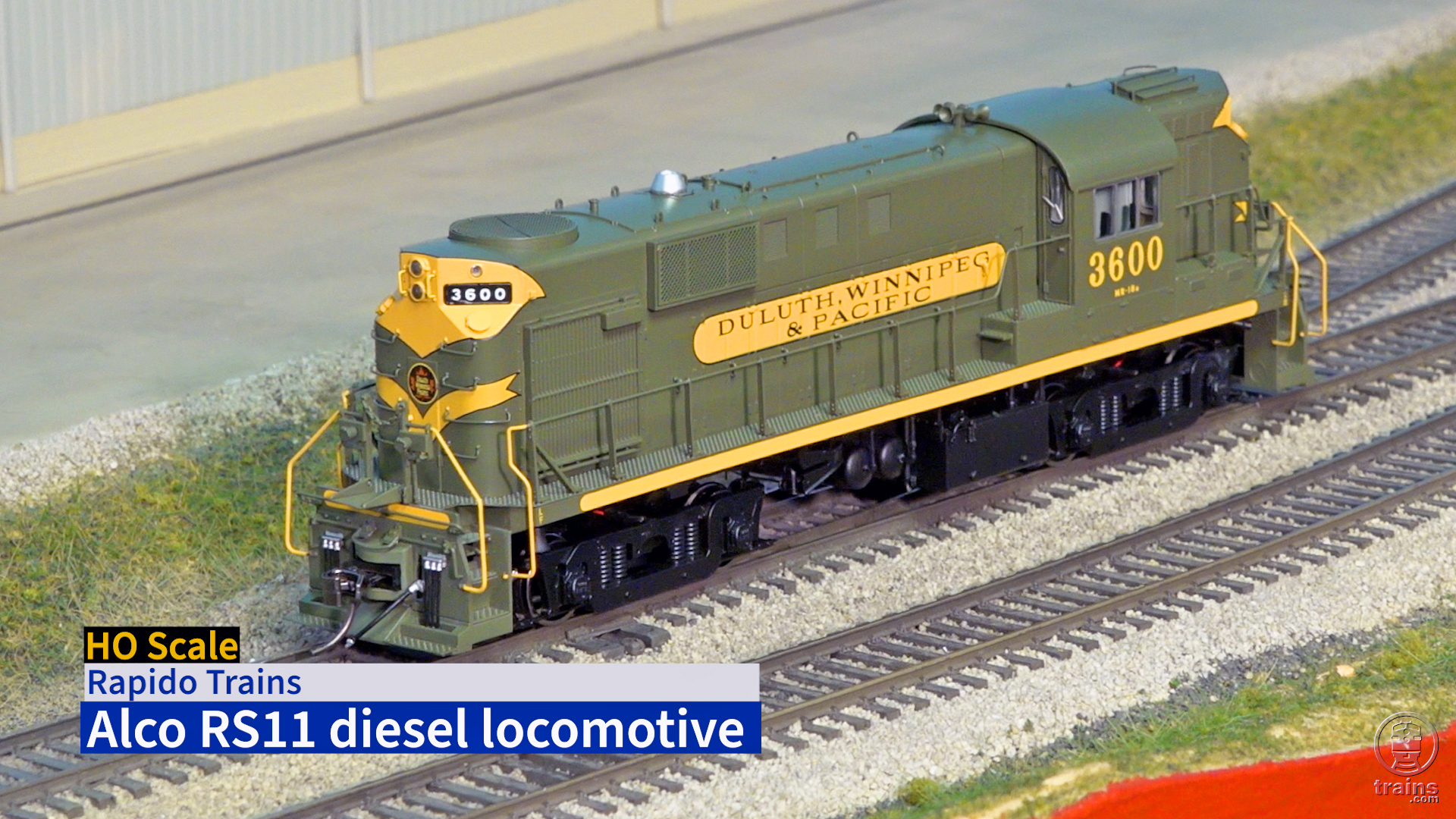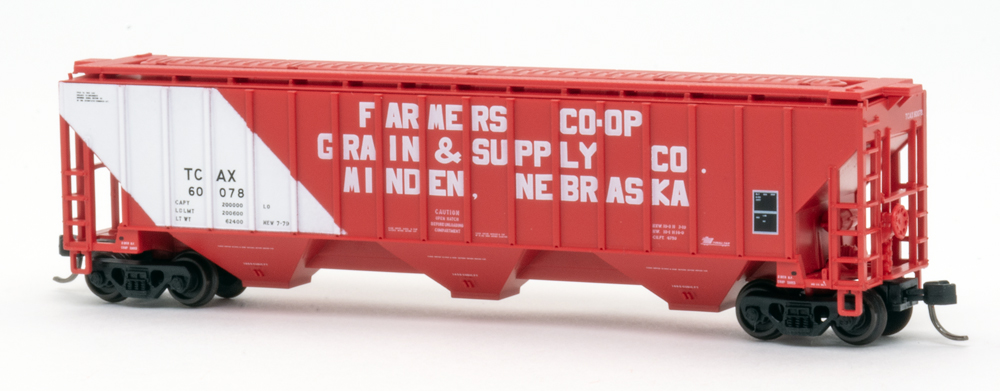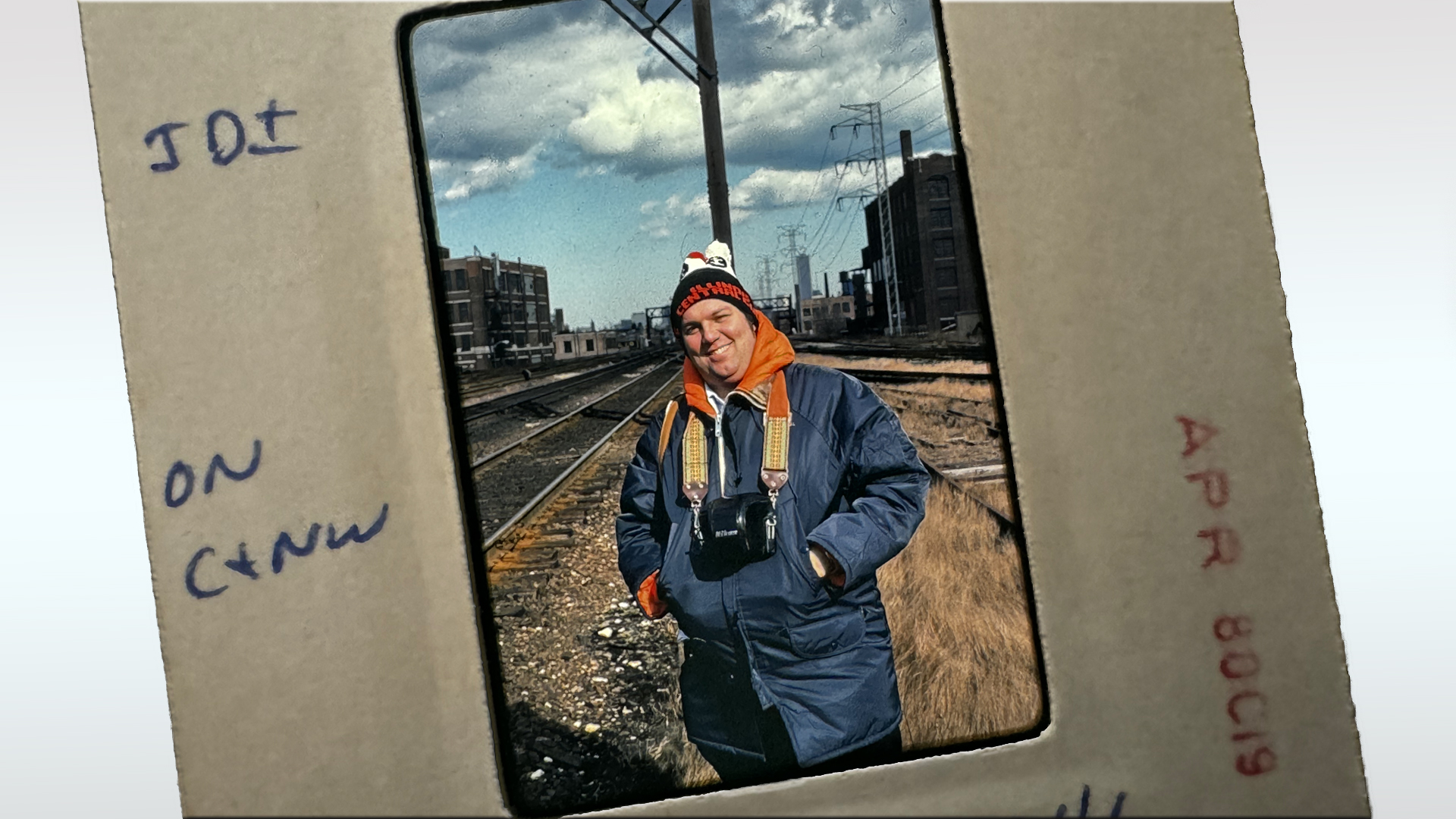1:20.3 scale, gauge 1, live-steam Shay
Accucraft
33268 Central Avenue
Union City CA 94587
Price: $2,299
Website: www.accucraft.com
1:20.3 scale, gauge 1, live-steam model of a 28-ton, three-cylinder Shay; steel, brass, and stainless-steel construction; butane fired—gas tank in bunker; hand pump in bunker; blow-off pressure, 55 psi; fittings include safety valve, throttle, water glass, pressure gauge, adjustable displacement lubricator; piston-valve reversing gear controlled from the cab; comes packed in wooden box; option of coal bunker or oil bunker; minimum radius, 4′. Dimensions: 17 7⁄8″ long over the end beams; 4″ wide; 6″ high over the stack. In 1:20.3 scale, this works out to 30’3″ x 6’9″ x 10’2″, respectively
Pros: Relatively good instructions; excellent construction; relatively easy operation; long running time; hand pump in bunker; excellent running characteristics; fully fitted backhead; high level of detail; excellent finish; reusable wooden carrying case included; tools included
Cons: Lubricator adjustment knob too stiff; pressure gauge faces out the far-side window
Accucraft’s 28 ton, class-B Shay will appeal to fans of geared locomotives. The engine is part of the company’s Classic series and appears to represent a generic, mid-sized, three-cylinder locomotive. The model comes packed in a plain but sturdy wooden carrying case. The case is held together with latches, and three of the sides hinge down for access when the latches are undone, making it both an ideal carrying case and a prep platform for the engine.
Supplied with the locomotive are the usual items: syringes for water and oil, wrenches for the hex screws, Allen keys for set screws, and a removable pump handle. A pair of cotton driving gloves is also included to prevent burned fingers. The locomotive is well detailed but additional detail is also supplied. Unfortunately, there is nothing in the instructions to tell you what these extra bits are or where they go on the engine. Some are obvious—the dummy whistle and safety valve—but others, such as the generator exhaust pipe, are not.
The engine is supplied with three piston-valve cylinders. These drive a crankshaft, with the cranks set 120° apart, as opposed to the usual 90° on a two-cylinder locomotive. The engine is reversed via an additional piston valve, hidden behind the steam motor, and controlled by a traditional reversing quadrant in the cab.
The purchaser is offered the option of a coal bunker or an oil bunker. Our review sample has the coal bunker. Removing the top of the bunker gives access to the gas tank and the hand pump. The tank is functional and holds water. The water both keeps the temperature of the gas tank at a workable level and it can also be pumped into the boiler.
Boiler fittings include a safety valve set at 55 psi, a throttle, a water glass, and a pressure gauge—a complete complement. The pressure gauge faces out the fireman’s-side window, which I found to be inconvenient, as all the action is on the engineer’s side. I repositioned the pressure gauge to point backward, an easy task. This way it is visible from either side of the locomotive, or by peeking into the back of the cab as the engine passes.
The locomotive rides on two standard Shay trucks, with their associated gears and hardware. The square drive shaft, with its telescoping sections, functions in the same way as that on a full-size Shay. The engine is geared down around 3:1, with small bevel gears on the drive shaft and larger ones on the wheels. All wheels are driven, making this a slow moving but powerful locomotive.
The engine comes with a pretty good set of operating instructions, which is helpful if you’re unfamiliar with live-steam operation. If you already have some live-steam experience, you’ll find the operation of this engine to be straightforward. The instructions appear to have been written for a different, similar engine, however. For instance, they say that the gas tank is the square box in the cab when, in fact, it is a cylindrical tank located in the bunker. However, the instructions are complete enough that anyone should have success running the locomotive.
To prepare the engine for operation, I went through the usual procedure. I first oiled all of the moving parts with a light-grade machine oil. I then removed the lubricator cap and filled the locomotive’s lubricator with steam-cylinder oil. Since the engine was new, there was no residual water in the lubricator to drain. There is an adjustment screw on the lubricator. I found this difficult to turn—it was quite stiff. However, I managed to open it up some. Adjustable lubricators are a little iffy, in my opinion. It’s too easy for the steam cylinders to be under lubricated. Too much oil is usually not a problem, even though a lot of it might land on the roof of the engine. If, at the end of the run, you get a fair amount of water out of the lubricator, your engine is probably getting enough oil.
Once the engine was properly oiled, I removed the filler cap atop the boiler and added distilled water directly into it, until the sight glass showed half full. Since there is a hand pump in the bunker, there’s no need to fill the boiler all the way. The water will heat up faster this way and the boiler can be quickly and easily topped up during the run.
Fuel came next. This locomotive has a relatively large fuel tank, so it took a little while to fill completely. When the fuel started sputtering at the valve, I knew the tank was full. Finally, I filled the bunker with distilled water, which would be used to top up the boiler as well as to keep the temperature of the fuel tank from dropping too low.
I placed the engine on the track, opened the smokebox door, cracked the gas valve, and lit the fire, which properly flashed back into the large flue immediately. I fiddled with the air-adjustment sleeve on the back of the burner until I felt the fire was burning at its optimum. There was some gurgling and spluttering at the beginning of the burn, as liquid gas from the top of the tank got into the line. However, this quickly abated and the burner settled down just fine.
While steam was coming up, I did a quick survey of the track, making sure there was no debris to impede progress. The weather was warm and sunny. Pressure came up to 40 psi in around seven minutes, the repositioned gauge being easily readable. I opened the throttle with the engine in forward gear. There was the usual condensate in the cylinders but this cleared quickly and the engine was off.
Performance of the manually controlled locomotive was excellent. It could be throttled down to a walking pace and was easily kept at realistic speeds through manipulation of the throttle lever. Reverse running was just as good as forward. The run lasted around 30 minutes, with a couple of stops to add water to the boiler. The bunker’s hand pump worked well with the included removable pump handle.
While the engine is supplied manually controlled, it may be possible to radio control it. Space in the cab is a little tight, so you might have to get creative with servo, receiver, and battery placement.













